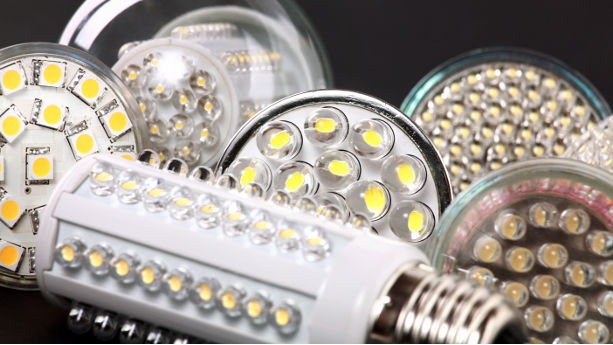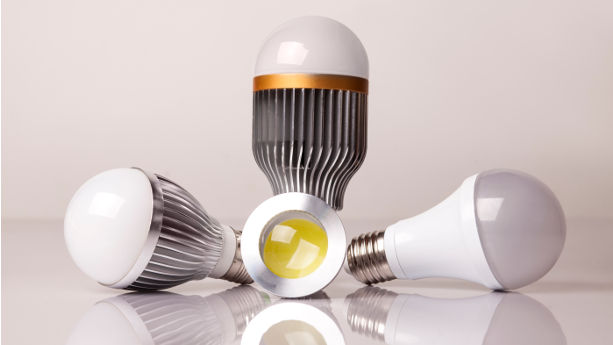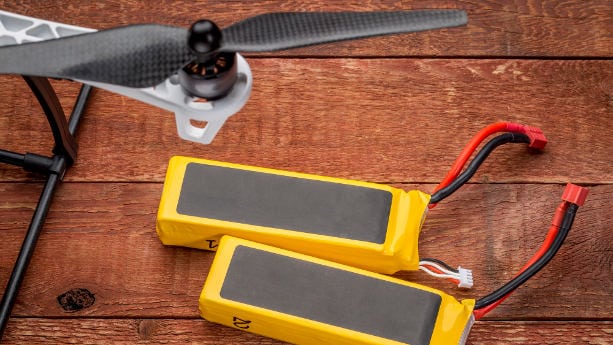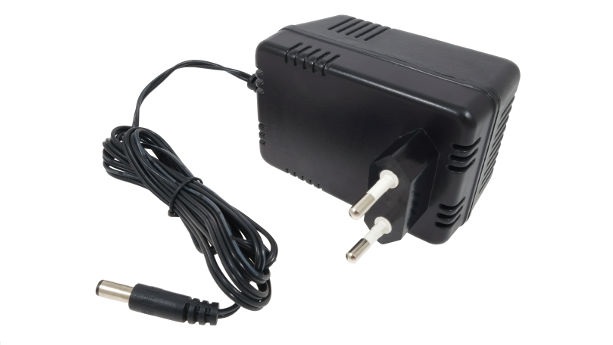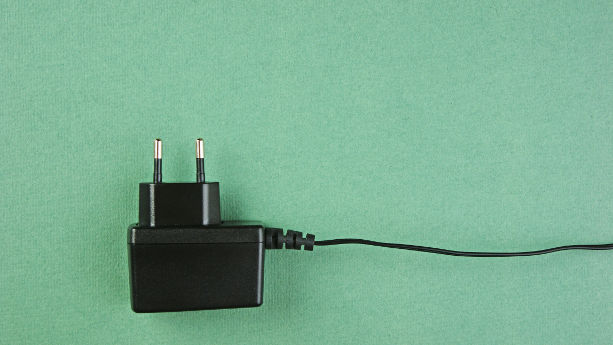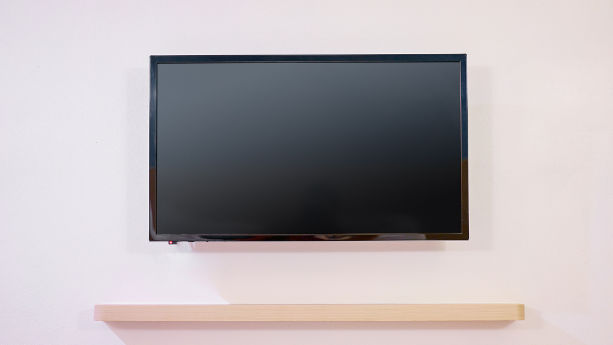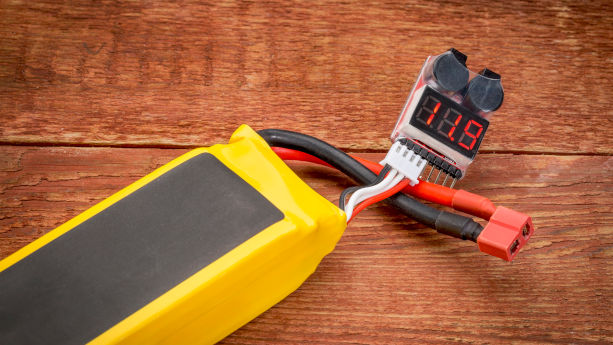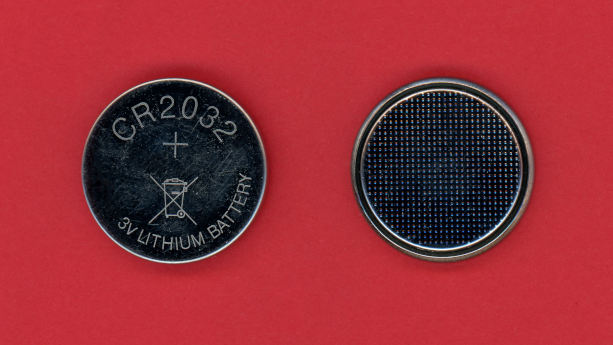
If you are selling button cell or coin batteries, or products containing such batteries in the United States, then you must observe the testing, packaging, labeling, and other requirements set by regulations such as 16 CFR Part 1263.
The regulations presented in this guide may relate to the button cell or coin batteries sold alone, consumer products sold with or designed to use such batteries, or both.
This guide covers laws, federal-level regulations, state-level regulations, and standards.
Continue reading Button Cell and Coin Battery Safety Standards and Regulations in the United States






















